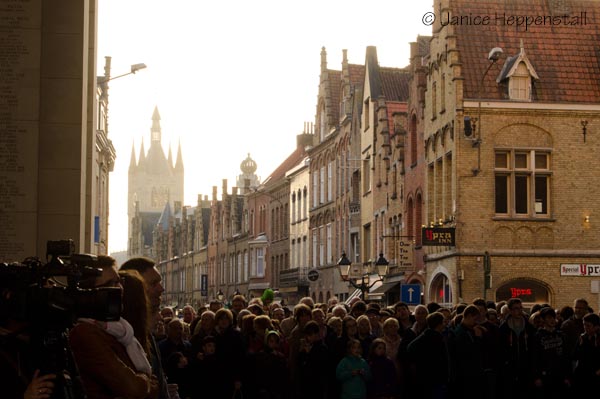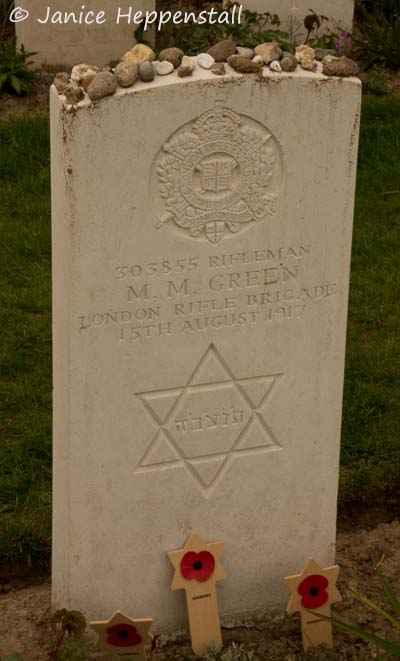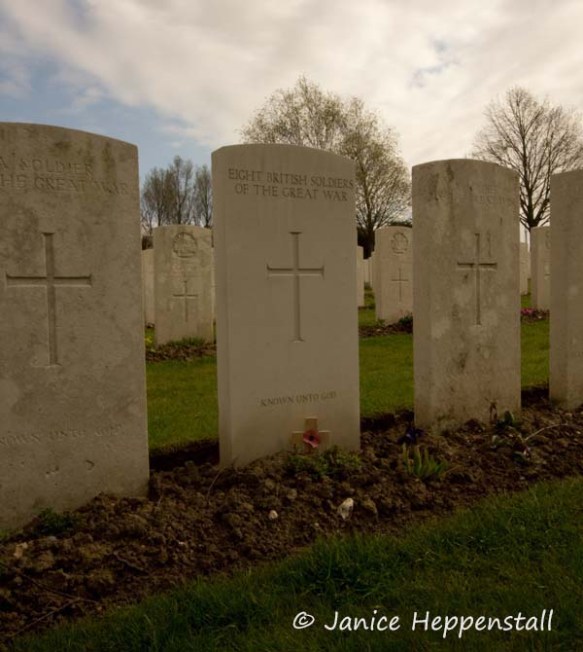
It has become my tradition to focus on military ancestors for my mid-November post. Today’s post continues that with the topic of trench warfare, which has become almost synonymous for us with The Great War and the Western Front. Not all our military ancestors and family members were killed in action, and the topic of trench warfare gives us an opportunity to broaden our gaze and think of others who, although they returned home safely, suffered unimaginable terrors that often blighted the rest of their lives.
By 1914, advancements in ammunitions and artillery meant the mass infantry assaults of former grand battles were no longer an option. Although field works and trenches had been used for centuries in military campaigns, they now came to the fore as a means of defence. They became longer, stretching out along entire fronts, and deeper – ideally about twelve feet deep. Their zig-zag construction prevented the enemy, should they access the trench, from firing along for more than a few yards. Typically, there would be several trench lines, each running parallel to the next, and connected by communications trenches. Hence the ‘front’ could extend up to a mile behind the first, or ‘outpost’ trench. It was through the communications trenches that food, ammunition, orders and indeed troops were delivered; also letters to and from home.
The distance between the opposing sides could be surprisingly narrow – sometimes as little as about thirty yards, but it could be as much as 250 yards. Between them was ‘No Man’s Land’, where coils of barbed wire were positioned as a means of slowing down the enemy, should they attack. If you’ve watched War Horse, you may remember that Joey the horse becomes tangled and seriously injured in the barbed wire as he runs to escape from the explosions and noise.
Although trenches gave cover for both sides, they also made for a long, gruelling war of attrition. The point was to push forward your own front by gaining control of the enemy’s trench system. This meant daring and deadly attacks, forcing men to go ‘over the top’ of their own trench’s parapet, and run across No Man’s Land towards the opposing trench. An element of surprise was preferable, but the intense artillery bombardments generally preceding such raids gave the heads-up to the enemy that attack was imminent. This gave them time to bring up reinforcements and increased the likelihood of heavy losses for the attackers. What’s more, land gained in an attack could be lost again in future enemy raids. The hundred days of the Third Battle of Ypres (Passchendaele) for example, resulted in a gain for the British front line of just five miles. The cost of those five miles was almost six hundred thousand lives, between the two sides.
These photographs were taken in 2014 at Sanctuary Wood Trench Museum (Hill 62) near Ypres, Belgium. The trenches are original, just as the farmer found them when he returned to reclaim his land at the end of the First World War, although there has more recently been work to preserve them. This is just one section of the trenches on the land – there were more. The photos show the zig-zag layout and the depth of the trenches. Visitors can walk in them – although I can guarantee that the experience of doing so will bear no comparison with that endured by our ancestors more than a hundred years earlier.

Reading through the Battalion War Diary for the Prince of Wales´s Own (West Yorkshire) Regiment: 49th Division, in which one of my great uncles was serving, the routine seems to have been roughly one week on the front line, one week off. Away from the front, days were spent cleaning, drilling and training, relaxing, playing sport, and marching to new positions as required. In the trenches it was a different matter. Dysentry, cholera and typhoid fever were common, and trench conditions also attracted rats which got into the men’s food and nibbled at them when they were sleeping. Lice were prevalent, and constant scratching increased the likelihood of contamination of skin abrasions by lice faeces, resulting in trench fever. Also common was trench foot, caused by constant immersion of the feet in the dank, muddy water in the bottom of the trenches during and after heavy rainfall. While painful, this is preventable and treatable today, but during the conditions in the trenches in 1914-1918, the dead tissue often spread across one or both feet, sometimes requiring amputation. Similarly, frostbite could result in the loss of fingers or toes.
Even without enemy action, there was always the possibility of it, and the stress caused what we now know as PTSD but was then called ‘shell shock’, as well as a type of gum infection called trench mouth. In his War Diary entry for 29th July 1917, Lieutenant Colonel Charles Harold Tetley (again, West Yorks Regiment, 49th Division) wrote ‘Nothing to report – Steady shelling all day by both sides’. I have tried to imagine how far from ‘normality’ conditions must stray for the one to equate to the other.
That same great uncle had a narrow escape when, following German deployment of mustard gas shells, men in his counterpart Battalion suffered such severe mustard gas effects that hundreds were evacuated to England and the land itself was rendered too dangerous for further activity. The goal of a mustard gas attack was not generally to kill but to harass and disorientate; only 2-3% of victims actually died. However, many who didn’t die were nevertheless scarred for life. Respiratory disease and failing eyesight were common post-war afflictions, and many eventually died of tuberculosis.
It almost makes one feel that those whose lives were taken were the ‘lucky’ ones – luck being a relative concept in this scenario. I think we owe it to those who returned and were ‘changed’, to try to understand what they experienced. I know I would not have been one of the brave ones.

Sources
Kirk, Andrew, Leeds Rifles: The Prince of Wales’s Own (West Yorkshire Regiment) 7th and 8th Territorial Battalions 1914-1918: Written in Letters of Gold. 1917. Pen & Sword, Barnsley.
UK, WWI War Diaries (France, Belgium and Germany), 1914-1920: Prince of Wales´s Own (West Yorkshire) Regiment: 49th Division: Piece 2795/1: 1/7 Battalion West Yorkshire Regiment (1915 Apr-1919 May)











